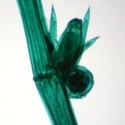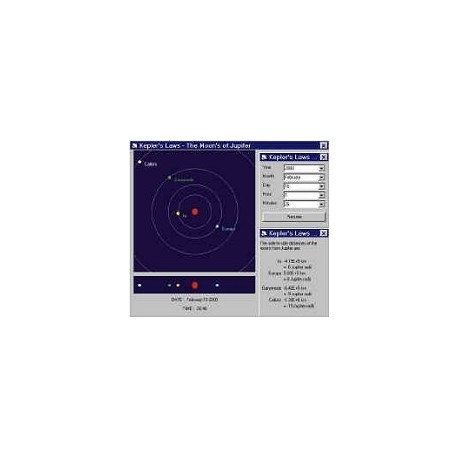No products
Prices are tax excluded
Virtual Astronomy Laboratory
The 25 computer-based labs contained in Virtual Astronomy Laboratory are designed to give students a simulated view of the sky, allow them to make measurements on the computer, and analyze the data they have collected.
Available Next Business Day
By buying this product you can collect up to 105 loyalty points. Your cart will total 105 points that can be converted into a voucher of $15.75.
Volume discounts
| Quantity | Discount | You Save |
|---|---|---|
| 2 | 3% | Up to $16.33 |
| 3 | 5% | Up to $40.82 |


Computer Based Labs for Introductory Astronomy
Many of the astronomical observations and measurements which are of interest in intro astronomy labs are not practical for a variety of reasons, including equipment restrictions, complexity, and night time viewing requirements. The 25 computer-based labs contained in Virtual Astronomy Laboratory are designed to give students a simulated view of the sky, allow them to make measurements on the computer, and analyze the data they have collected. Virtual Astronomy Laboratory brings a hands-on experimental lab component to astronomy courses, and requiring only basic math skills on the student’s part, the carefully selected collection of labs are appropriate for introductory astronomy courses at the high school and college level.
Virtual Astronomy Laboratory puts some of astronomy’s most useful instruments into the hands of students - precise telescope controls to measure angular size; a photometer to measure light intensity; and a spectrograph to measure Doppler-shifted spectral lines. Time-lapse and time-exposure photographic observing methods are also simulated.
Each lab activity provides everything required to perform a thorough investigation from start to finish - (1) Lab manual which includes background information and step-by-step instructions, (2) interactive simulations for hands-on data collection, and (3) on-screen assistance including input fields allowing students to enter and check their results.
Astronomy Lab Topics:- Scientific & Decimal Notation Conversion
- Scale of the Universe Graphs
- Slopes, and Rate of Change
- Latitude, Axial Tilt, and Length of Day
- Celestial Coordinates
- Angular Size
- Measuring Planet Size
- Kepler’s Laws
- Lunar Motion
- Planetary Motion
- Measurement of Saturn's Rings
- Stellar Occultation
- Circumpolar Stars
- Stellar Parallax
- Proper Motion of Stars
- Radial Motion of Stars
- Visual Binary Stars
- Eclipsing Binary Stars
- Cepheid Variable Stars
- Temperature of Stars
- Hertzsprung-Russell Diagram
- Spectroscopic Parallax
- Galactic Speeds and Hubble’s Law
- Galactic Rotation
- Distribution of Mass in a Galaxy
- Constellation Identification
- Constellations of the Zodiac
- Orbital Motion of the Moon
- Speed of the Moon & Keplers 2nd Law
- Celestial Sphere and Length of Year
System Requirements: Windows XP / 7 / 8 / 10.














